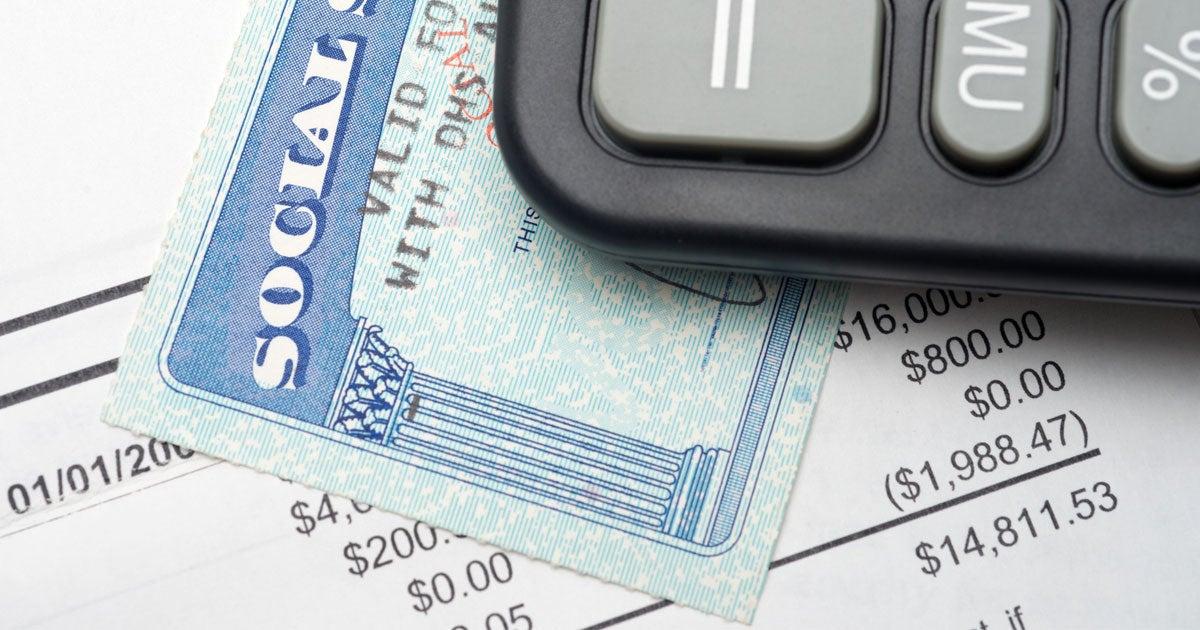Can You Get Both Supplemental Security Disability Income (SSDI) and Social Security?
5 min read

Related Topics
Do you know the difference between Social Security Disability Insurance (SSDI) and Social Security? These are two separate and distinct benefits. If you’re an older adult applying for SSDI, or you're already receiving SSDI payments, it’s important to understand how the two programs relate to each other.
What is Social Security Disability Insurance (or SSDI)?
SSDI is a monthly benefit for people between the ages of 19 and full retirement age (FRA) who have a medical condition that meets a strict definition of disability. Recipients must also have worked the number of work credits needed to qualify for disability benefits.
In July 2025, disabled workers received an average monthly SSDI payment of $1,580.1
The Social Security Administration (SSA) measures your employment history in work credits. As a general rule, you will need 40 credits to qualify for SSDI, with half of them earned in the last 10 years ending with the year your disability begins (people age 31 and older).
However, younger workers may qualify with fewer credits. Workers can earn up to four credits each year.2 You can learn more in our article, What Are Social Security Work Credits?
What is Social Security retirement?
Social Security is for adults 62 and older who have earned at least 40 work credits. Retired workers received an average monthly payment of $2,006.69 in July 2025.1
You can use the SSA’s online benefits calculators to check your FRA. For people turning 62 in 2025, the FRA is 67. You can also estimate your Social Security retirement income.
Can I get Social Security retirement and SSDI at the same time?
No, you can never collect two SSA benefits concurrently, says Jen Teague, NCOA Director for Health Coverage and Benefits. If you are collecting disability when you reach FRA, your SSDI benefits automatically change to retirement benefits.3
If I have a disability at 62, should I just go ahead and file for early retirement?
Teague advises against it, since taking early retirement permanently reduces your benefit.
“When a person is eligible for SSDI they are, in a nutshell, receiving full retirement benefits,” she explains. “If a person is under FRA, they should always apply for SSDI.”
The SSDI application process can take several months. What if I need money now?
“Start the application for SSDI and wait as the application goes through the channels of review,” Teague advises. “If during that time money is needed, then apply for early retirement. SSA will reimburse in a back payment the higher amounts under SSDI when approved.”
Can I get survivor benefits if I’m collecting SSDI?
If your spouse dies and the survivor benefits are higher than your SSDI payment, you can choose to receive those instead, Teague says.
Can I get Supplemental Security Income (SSI) and SSDI?
You may be eligible for both SSI and SSDI. What is SSI? It’s a needs-based program for older adults and people with disabilities who have very limited income and resources. The SSA administers the SSI program, but it is not a Social Security benefit. One out of every 11 SSDI beneficiaries with a disability also gets SSI payments.4
How can I find out if I qualify for SSDI?
You can use the SSA’s online Benefit Eligibility Screening Tool (BEST) to help assess your eligibility for SSDI and other programs.
How do I apply for SSDI benefits?
You can apply for SSDI benefits online or by phone. You can call the SSA at 1-800-772-1213 (TTY 1-800-325-0778), from 8 a.m. to 7 p.m. Monday through Friday. You can also apply at your local Social Security office.
The SSA offers a helpful checklist of items you’ll need for your SSDI application.
Where can I explore other benefits for older adults?
Use the NCOA’s free, confidential BenefitsCheckUp® tool to search for programs that can make a difference in your life. You may be eligible for benefits like the Supplemental Nutrition Assistance Program (SNAP).
To achieve the goal of aging well, a person needs to make sure they apply for all possible financial benefits,” NCOA’s Teague says.
Sources
1. Social Security Administration. Monthly Statistical Snapshot. July 2025. Found on the internet at https://www.ssa.gov/policy/docs/quickfacts/stat_snapshot/
2. Social Security Administration. Disability Benefits. How You Qualify. Found on the internet at https://www.ssa.gov/benefits/disability/qualify.html#anchor1
3. Social Security Administration. Frequently Asked Questions. Found on the internet at https://faq.ssa.gov/en-us/Topic/article/KA-01861
4. Social Security Administration. Annual Statistical Report on the Social Security Disability Insurance Program, 2023. Found on the internet at https://www.ssa.gov/policy/docs/statcomps/di_asr/index.html




